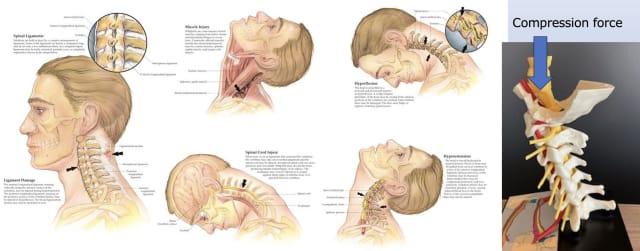The meeting which took place on the eve of the Tokyo Grand Slam had a special guest, Dr Nobuhiro Kamiya, from the IJF Medical Commission. At the request of Dr Antonio Castro, head of the commission and IJF Ambassador, Dr Nobuhiro Kamiya spoke on a crucial point in the development of judo, particularly in recent years.
It has escaped no-one's notice that the refereeing rules, which were already strict, have become even stricter in all situations where athletes use their head to throw. In summary, any action of this type is strictly prohibited and results in immediate disqualification. For Dr Kamiya, there is no need to hesitate for a single second when such a situation arises, “We are talking here about the safety and physical integrity of judoka.”
It is certain that the athletes travelling the world are experienced and confirmed sportspersons. They are highly trained and can perhaps endure more than the average person but there are still certain risks, which it is up to everyone to minimise as much as possible. On the other hand, WJT athletes are also role models for young people. Letting this kind of action happen could therefore prove dangerous and the IJF Medical Commission is well aware of this, hence the intervention of Dr Kamiya to explain, with supporting graphics, the risks involved.
"I believe it is of paramount importance that people understand that we are here to protect our athletes. We don't want anything bad to happen to them. My intervention with the referees was simple and illustrated with very clear graphics. The neck is a special part of the body that can suffer injuries with a lot of consequences. It can go from torn ligaments to dislocation of the vertebral body and many more possibilities. We can not and we will not let that happen."
The referees are the ones who apply the rules and it is crucial that they understand the process. For Dr Kamiya, "We need to avoid unnecessary spinal cord injury, save judoka’s lives and protect young judoka from injuries. This is our mission! For the referees, it is about taking accurate decisions in a time dependent manner and to avoid bad scenarios."
Florin Daniel Lascau, IJF Head Refereeing Director, was very pleased with Dr Nobuhiro Kamiya's intervention, "We are an Olympic sport and according to Jigoro Kano Shihan's teaching, in judo, we cannot injure ourselves and we cannot injure the opponent. So we have to see the evolution of judo in both a short and long term approach and, based on Dr Kamiya's explanations, determine what is possible or not for the body. This needs to be translated into judo techniques and a language that everyone understands. We have identified techniques that can be problematic and we have to avoid those techniques being used in a way that can generate a risk. This is the case in tachi-waza and also in ne-waza. This is the reason why and the only reason why we are very strict.
Having the medical information, we can clarify the frame within which judo should develop. Together with the IT team, we are working on documenting, with videos, to show what is allowed or not. Our refereeing training sessions are about working on the current judo but also on the future of our sport. We are educating several generations of judoka. Refereeing belongs to the referees and also to the coaches, the athletes, the public and the media. We are talking about one judo. For that we need clean decisions; we need to have the arguments for fair and comprehensive decisions."
It is an important task to achieve and it is because all sectors are working together that this is and will be possible. Judo was invented as an educational tool. It is today, as Lascau underlined, a strong Olympic sport. Since 1882, judo has developed and evolved but the spirit of it has remained the same. One important dimension of this is the physical integrity of the practitioners, which is at the center of everything.





